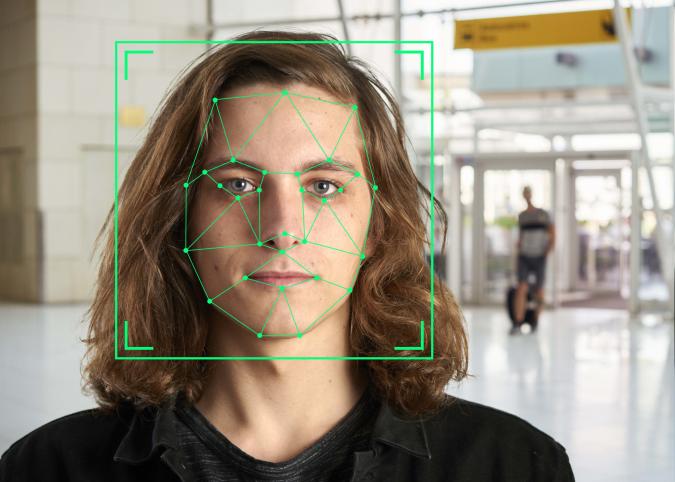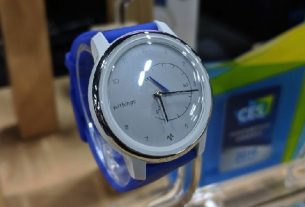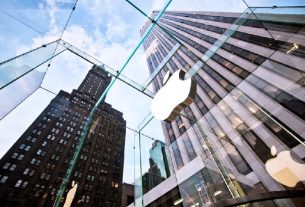New York native Daniel Patt was haunted when he saw pictures of Holocaust survivors in Warsaw’s POLIN Museum of the History of Polish Jews. Patt, a 40-year-old engineer in software, saw the opportunity for an innovative solution. An artificial intelligence-directed by face recognition platform and can scan photos from prewar Europe or the Holocaust and link them with people today. Patt is interested in this project because his four grandparents from Poland survived the Holocaust. He would like to help his grandmother find photos that show family members who were murdered or captured by the Nazis. She was just nine years old when the war broke out and migrated from her hometown to zomosc, with her mother, siblings, and father. Patt’s great-grandmother, who died in the period of Nazi invasion of Poland, remained behind. Patt was also murdered by his great aunt who was his grandmother’s brother.
All of the extended relatives survived and moved to New York City.
N2N software returns just 10 matches. It is easy and free to use. It’s still in its infancy but the non-profit has had great success. The software is used to search through thousands upon thousands of photographs in order to identify faces for inclusion in the United States Holocaust Memorial Museum. This includes survivors and descendants of survivors.
The Times of Israel interviewed Patt over the internet on June 26, Holocaust Survivor Day. The Holocaust survivors who rebuilt their lives after Hitler’s attempt at eliminating the Jewish people are honoured with this annual commemoration. This interview was lightly edited.
Times of Israel. What was your inspiration to write Numbers to Names?
Daniel Patt. After visiting the POLIN Museum on the History and Polish Jews, Warsaw, Poland in 2016, my decision was to start this project. I felt as though I might have passed a photograph of a family member and didn’t know it. I am the great-grandson, and grandson, of Holocaust survivors who were all Polish.
There are many photos of victims and survivors in the museum, but only a few names were available. N2N provides Holocaust education through a platform. It is available to students for their contribution to the historical record. This software can help students identify faces or artefacts within video and photo archives. It can also be used for connecting living Holocaust descendants with their ancestors.
Tell us about the platform’s successes so far.
Geddy Lee from Rush was contacted with a photograph we believed to be his mother’s. He confirmed that it was indeed a photograph of his mother at Bergen-Belsen’s displaced people’s camp. Geddy was then able later to find photos of his aunt, uncles, and grandmother by looking through the Yad Vashem collection from which the original photo was taken.
How does the site work for users who visit it? How do they use it?
People who visit the site can click on “select an image” to select an image from their phone or computer that contains a cropped photo of one face. Click on the “search” button to see 10 photos that contain the same faces like the one they have provided. It works best to search using photos from roughly the same period (e.g. pre-1960s).
We do not make software-based claims about identifications. This is up to the users of the site. We show the results with similarity scores and let users decide if they contain a positive identification.
Are you working with Holocaust museums? How do you grow your database of contacts?
We’ve been in conversation with USHMM. We have already shared several identifications that were confirmed by USHMM and made public on their website. We’d love to partner with schools, research institutions, museums, and other organizations who share the same goals of Holocaust education, awareness, and education.
For the purpose of expanding the database, the team has begun to analyse videos from the Steven Spielberg Film and Video Archive. We are creating an online platform that allows verified student and researcher users to submit annotations or identifications.
We’re working on an “offline searching” experience. It allows users to search for their results within a single day rather than in seconds. This will help keep costs down. A Foundation of Philanthropic Funds also provides a fiscal sponsor to help pay for costs.
What are N2N’s biggest challenges?
Limited time — We developed the project over many months, working nights and weekends. As the last survivors are gone, this effort is imperative. Many connections could still be made. N2N is a tool that can help survivors make connections.

Carolyn is a technology graduate and loves to write about anything related to technology as well as writes in others sectors. Carolyn is a professional writer with over 7 years of experience. Initially starting off as a programmer, Carolyn decided to combine her knowledge about technology and writing and that’s how she joined Reporter Expert.



